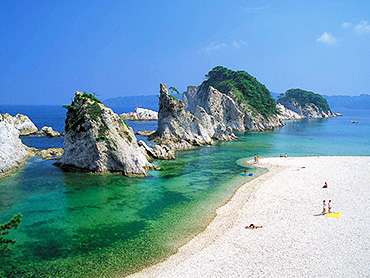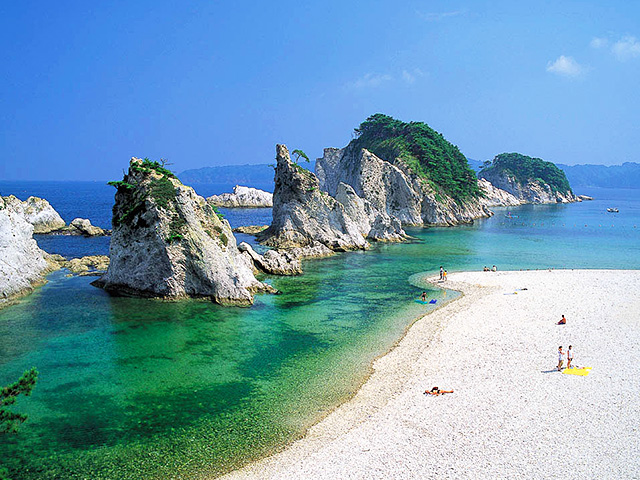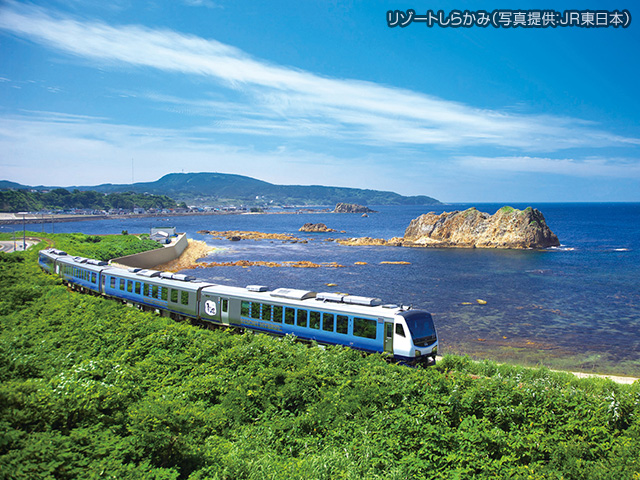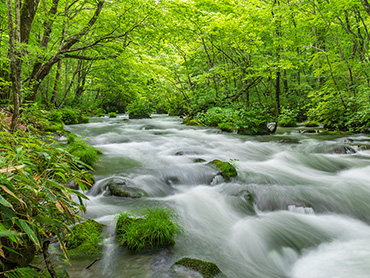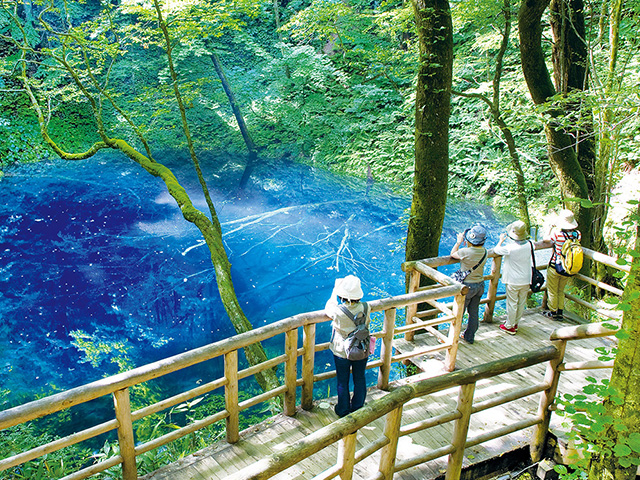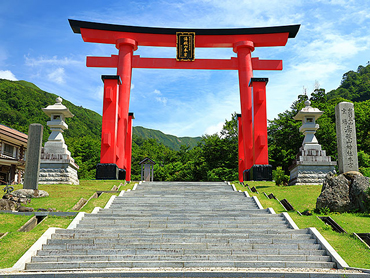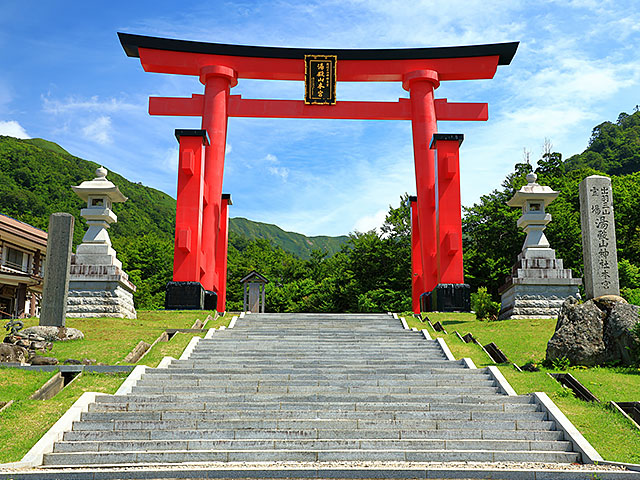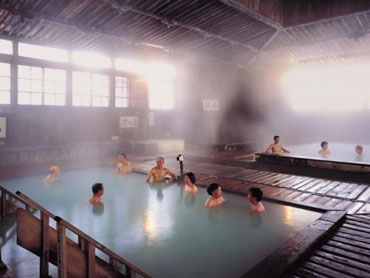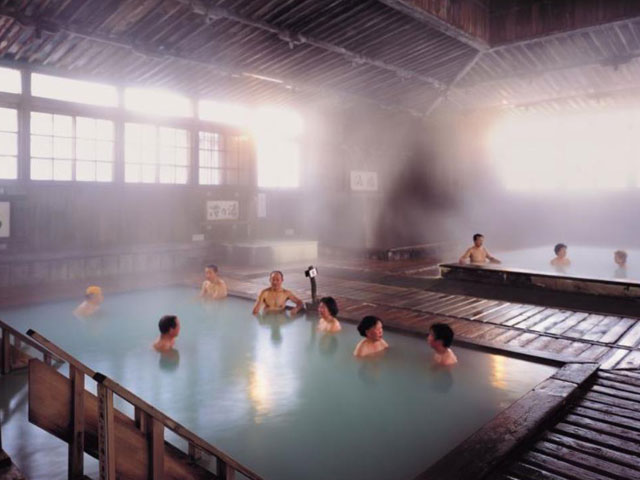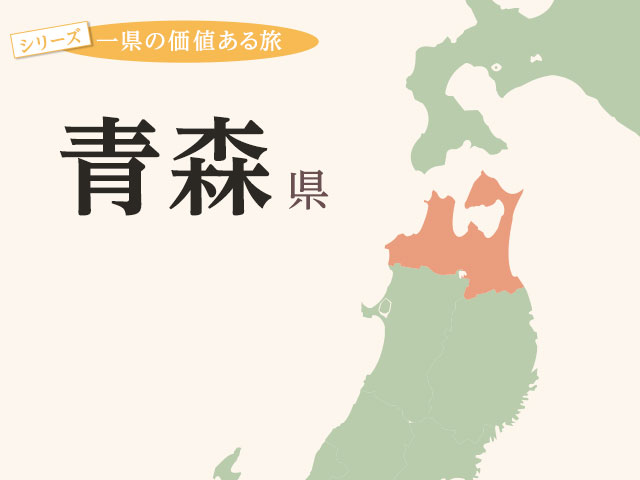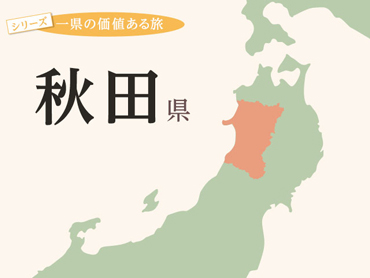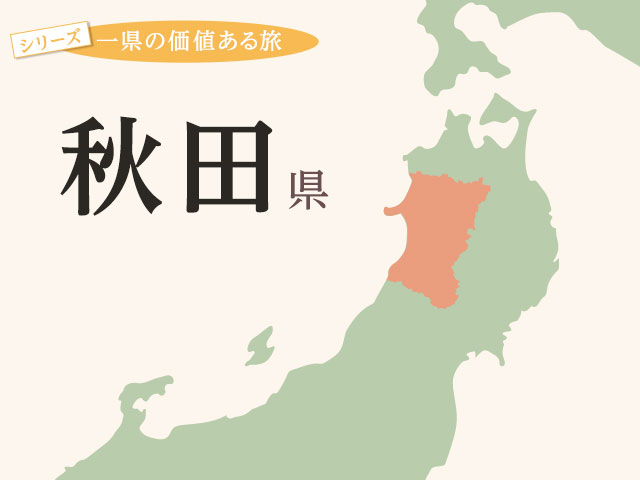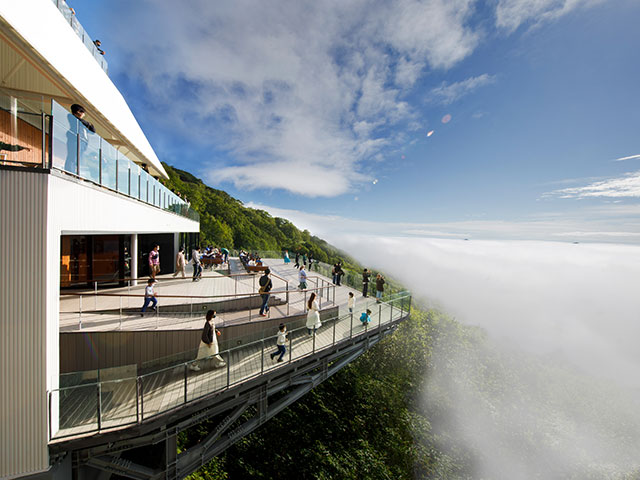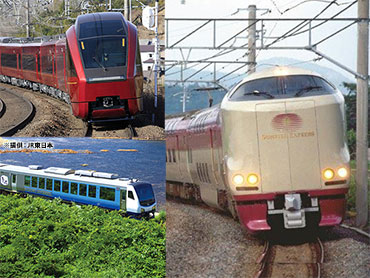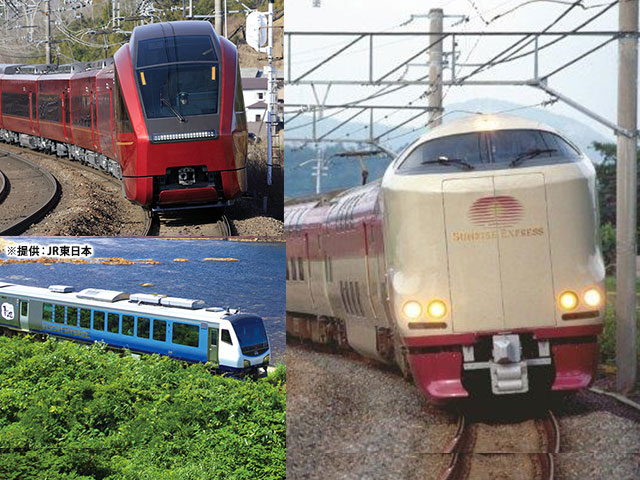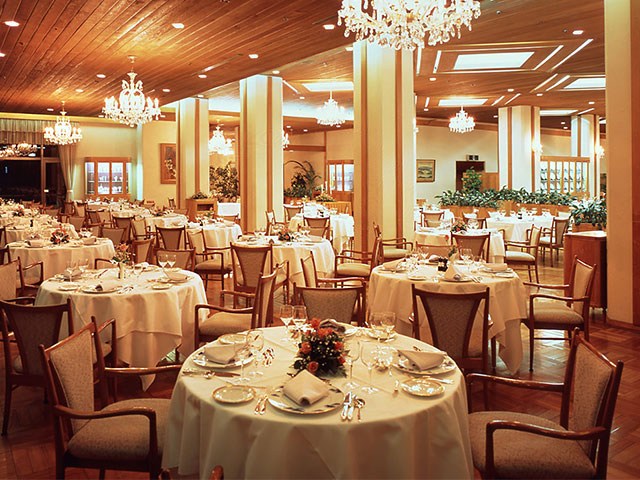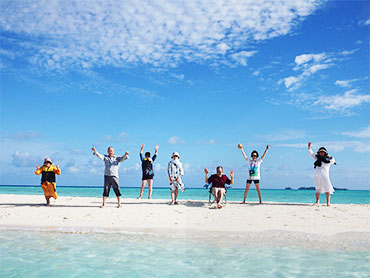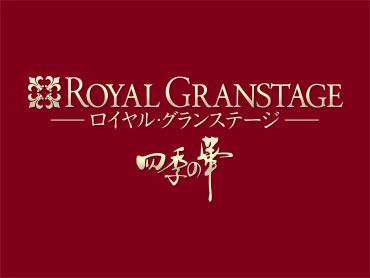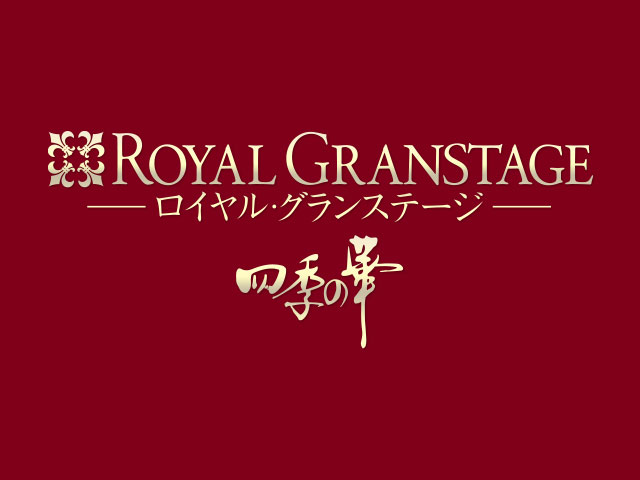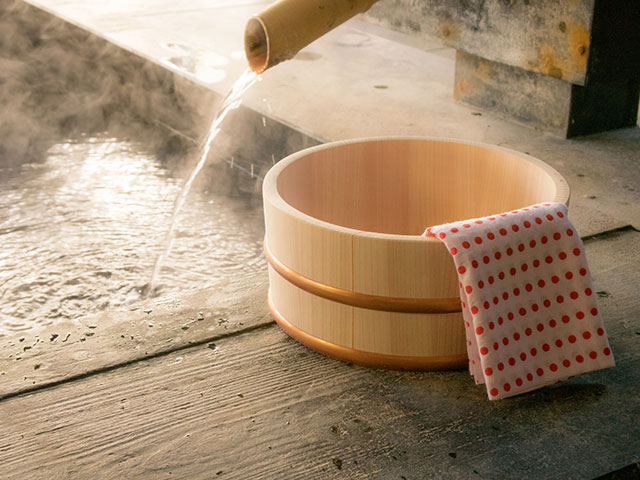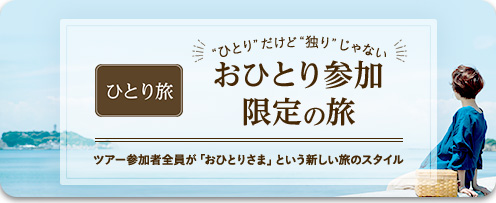Michinoku Peninsula (Oga, Tsugaru, Shimokita Peninsula) Tours and Travel


Club Tourism 's Michinoku Peninsula tours and trips! We provide full support with a tour guide. We introduce recommended tours and recommended spots to enjoy the three major peninsulas of Oga Peninsula, Tsugaru Peninsula, and Shimokita Peninsula. Please take this opportunity to visit the Michinoku Peninsula. Tour search and reservations are also easy.
Recommended tours by train and plane
Highlights of the Three Major Michinoku Peninsulas

Shimokita Peninsula: The northernmost unexplored region of Honshu

仏ヶ浦(イメージ)
国指定天然記念物 仏ヶ浦
約2000万年前の海底火山の噴火によって形づけられたとされる奇岩・巨岩が迫ってくるような圧倒的スケールの景勝地。仏ヶ浦までは片道約30分の遊覧船に乗船して向かいます。ツアーによっては団体特別航路にてご案内するものもあります。ぜひご自身の目で神秘的な世界をご覧ください。

恐山(イメージ)
日本三大霊場 恐山
比叡山・高野山と並び日本三大霊場に数えられ、イタコで有名な恐山。例年5月~10月まで入山可能で多くの観光客を神秘の世界へ誘っております。菩提寺には秘仏が安置されており、荒涼とした風景や透き通るような宇曽利山湖など見どころも盛りだくさんです。

大間マグロの水揚げ(イメージ)
“黒いダイヤ” 大間まぐろ
本州最北端の町“大間町”。津軽海峡で水揚げされる天然のクロマグロ(通称:本マグロ)は、数あるマグロの中でも高級品として知られ毎年初競りでは億単位で取引されるなど高値がつけられています。平均100kg以上の大きさを誇り、夏にはさっぱりと冬にはまるで肉のような脂がたっぷりのった大トロ・中トロ・赤身など堪能いただけます。

海峡の湯・大湯(イメージ)
秘境に湧く 秘湯や古湯
下北半島には泉質豊かな温泉が多く湧いております。恐山の霊場内の「恐山温泉」、薬研渓流沿いにある「薬研温泉」など野趣あふれる温泉や、文豪井上靖氏ゆかりの白濁の大湯と透き通る新湯がある「下風呂温泉」、本州最北端の温泉地「大間温泉」など様々なお湯をお楽しみいただけます。
Tsugaru Peninsula: the setting for novels that reveal the original Japanese landscape

龍飛崎(イメージ)
津軽半島の突端 龍飛崎
津軽半島最北端、津軽海峡に突き出た岬。三方を海に囲まれ強い風が吹く事から「風の岬」とも呼ばれる。岬の下には青函トンネルが通っており、急に海へ落ち込む断崖絶壁はまさに本州の行き詰まりを感じます。突端には龍飛崎のシンボル「龍飛埼灯台」があり天気のいい日には津軽海峡を挟んで北海道の松前半島・函館山も見ることができる。周辺には、日本で唯一の「階段国道」国道339号線や太宰治も止まった「奥谷旅館」もあります。

斜陽館(イメージ)
太宰治が育った町 金木
太宰治が生まれ育ち小説の舞台ともなった金木町。太宰治が生まれた「斜陽館」や戦時中疎開した家、桜のトンネルで有名な「芦野公園」や小説津軽にも登場する芦野公園駅の旧駅舎などまさに文学の世界へ没入したような見どころが多い町です。また、金木は津軽三味線発祥の地と言われており「津軽三味線会館」では一流の演奏家による津軽三味線の生演奏を間近で楽しむことができます。

津軽鉄道・ストーブ列車 (イメージ)
どこか懐かしい津軽のローカル線 津軽鉄道
“津鉄(つてつ)”の愛称で親しまれ、津軽五所川原~津軽中里間約20.7kmを結ぶローカル線。冬の地吹雪荒れる中でも休まず走り続け昔から津軽の人たちを支えています。どこか懐かしい風景は四季折々違った風景で皆様をお待ちしております。特に冬の風物詩「ストーブ列車」は車内でストーブを焚き時にはスルメを焼いたりなどノスタルジックな空間をお楽しみ頂けます。その他にも、春には桜のトンネルをくぐり抜ける「お花見列車」、夏は車内に風鈴を飾り涼やかな「風鈴列車」、秋は黄金の稲穂の中を通り、鈴虫の音色を楽しむ「鈴虫列車」などいろいろな取り組みをしております。
Oga Peninsula, home of Namahage

なまはげ習俗体験(イメージ)
ユネスコ無形文化遺産 男鹿のナマハゲ
秋田のシンボルとなっているなまはげ。平成30年には「来訪神:仮面・仮装の神々」として男鹿のナマハゲがユネスコ無形文化遺産に登録されました。男鹿の人々にとってなまはげは、怠け心を戒め、無病息災・田畑の実り・山の幸・海の幸をもたらすとされています。「男鹿真山伝承館」ではなまはげが家屋に入ってくるリアルな習俗体験ができ観光客でも気軽になまはげを体感することができます。修験道の霊場とされなまはげゆかりの地と言われる「真山神社」、鬼が築いたとされる999段の階段が残る「赤間神社 五社堂」など男鹿半島がなまはげの故郷と呼ばれる所以の数々が残っています。

柴灯まつり(提供:男鹿市観光商工課)
極寒に映える炎となまはげのダイナミック感 なまはげ柴灯まつり
毎年2月の第2金・土・日に真山神社で開催される神事。真山神社境内の広場に焚かれる柴灯火の明りのもと、男鹿地方独特の祓い神楽を奉納する「湯の舞」と、古い伝統的な湯立て神事である「鎮釜祭」でまつりは始まり、なまはげに扮する若者が神職にお祓いを受けた面を授かりなまはげへと化し山へ戻る「なまはげ入魂」が行われます。
また、なまはげ太鼓の演奏やなまはげ踊りなども迫力満点です。祭りの終盤、松明を掲げたなまはげが雪山から降りてくる姿は荘厳で幻想的です。

入道崎(提供:男鹿なび)
男鹿半島の突端 入道崎
入道崎は男鹿半島の西北端にあり、北緯40度線上に位置している景勝地。岬には「日本の灯台50選」(※公益社団法人燈光会の選出)・日本に16灯しかない登ることができる白黒模様が印象的な入道埼灯台があります。入道崎周辺はジオパークにも認定されており大陸から切り離され日本列島が形成された歴史を体感頂けます。

石焼き料理(イメージ)
日本海が育む絶品の海の幸
日本海に突き出た男鹿半島は絶品の海の幸が集まる豊かな漁場となっております。特にお湯を張った木桶の中に焼け石を入れて魚介を煮る豪快な「石焼料理」が有名。石を入れると大きな音と共に湯気が噴き出すまさにダイナミックさが魅力です。その他、男鹿では様々な料理の調味料として知られるしょっつる(ハタハタを瓶いっぱいに入れて天日塩と3年ほど寝かしそこから出る汁を利用した調味料)を使った新グルメ「しょっつる焼きそば」などご堪能ください。

